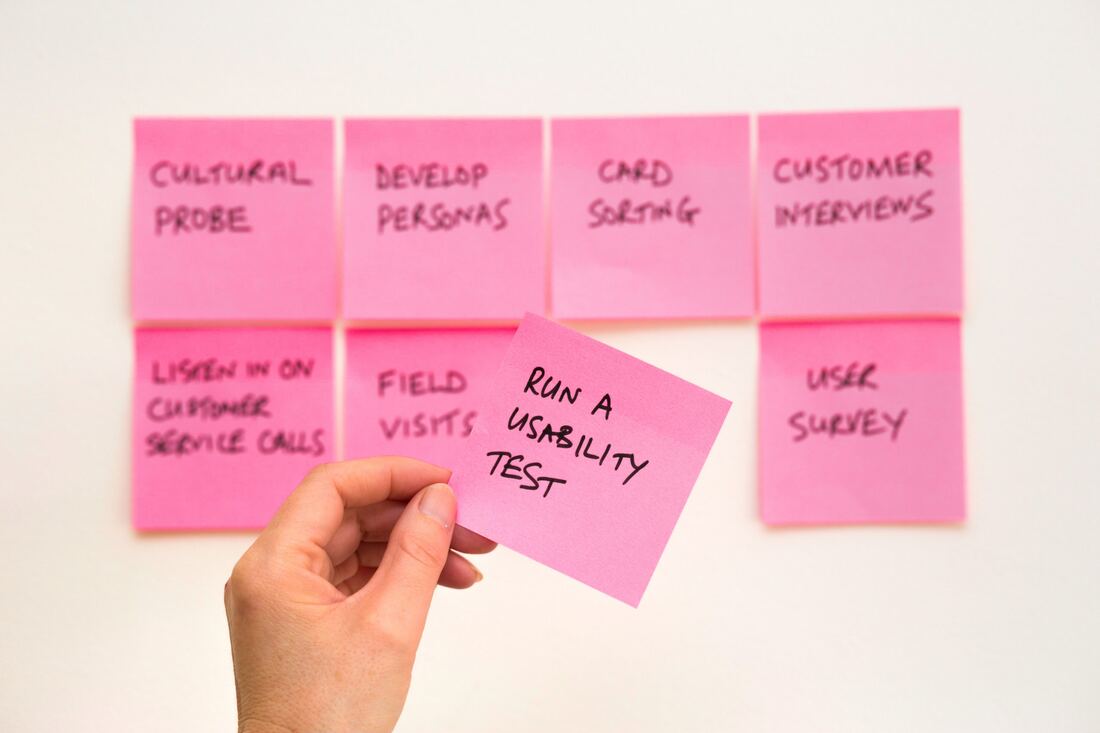|
For anyone involved in the field of product design and engineering, the image of an old TV set discarded on a sidewalk, its functionality notwithstanding, can be a very influential trigger point for technical and philosophical introspection. For an industrial designer, it poses a case study into the evolution of design language and how an older design might run out of fashion. For an anthropologist, it is a visual cue into the science of human tastes and how they change in a world filled with consumable products. For an ergonomics and human factors practitioner, it is an artifact that helps record the physical and cognitive needs of the subject population of a specific time period. And finally, for the engineer, it is window to the study of the state and the drawbacks of the scientific technology at that point of time.
Hardly a simple and straight forward scenario today, designing products has indeed become an arcane amalgamation of art and science that engages all the aforementioned occupations. This is also a general consequence of the various challenges the product design realm faces. On one hand, there is the burgeoning issue of management of non-degradable wastes and trash generated daily the world over, of which discarded products form a major percentage. This affects environmental and ecological balances the world over. On the other hand, as more and more products get designed and engineered, humanity consistently faces depleting natural resources, the starting points of the process flow that leads to the fruition of these products. Technologically, there is a two-flanked factor impinging on this scenario; on one side, new technologies emerge day in and day out and push products relying on older technologies out of relevance and on the other side, the innate purpose of the products is not met owing to failure or reliability issues and they are replaced with newer ones. This, automatically pushes the search for better technologies. Of course, there is also the conundrum of why certain products tick with humans in terms of the physical and mental interface and better still, emotion, and why only certain others get thrown away with time. While it would be ambitious to try and provide a solution in this article to the scenario delved upon here, effort can be made to bring to light a direction that the field of product design should explore - Sustainable Design. In the ideal scenario, Sustainable Design would be the one-page document containing the exact checklist needed to design products that would have a valid answer to each of the above mentioned issues. Although it is a long way before that checklist can be drafted, several strands of thought can be invoked to fasten the pace at which we get there. To begin with, the onus is on designers to explore radical design languages that incorporate longevity and redefine the consumers’ perspective of a product’s functionality. For instance, products designed to achieve one purpose might also serve another. One example is how certain home appliances are also used as home décor items. Furthermore, industrial designers around the world have opened up to the ideas of sustainability and are increasingly using bio-degradable or recyclable materials as they conceptualize their designs. Here is where anthropologists and, in a more encompassing way, ergonomics practitioners play a crucial role. It’s not a new fact that product design firms consult with anthropologists to take notes and tweak their design ethos to suit customers and general trends better. Sustainable product design does throw forward a very curious complex for anthropologists in the sense of developing philosophies that expound human acceptance of sustainable products. Talking about the ergonomics, post the initial visual and auditory experiences, what draws customers to products is how the product engages with the human body, physically and mentally. Traditionally, one tends to not discard a product that has provided an exceptional user experience and the core of this experience is dictated by the physical and cognitive ergonomic design aspects of that product. The ergonomics practitioner has to be in a directional role and help set the design parameters in collaboration with both the industrial designer and the product development engineers. Technological research, development and its application through engineering comprise the final yet significant segment of product design. Scientific research has definitely been pushing forward the quest not only for advanced recyclable materials that have the potential of serving multiple purposes in a single product but also for devising design and manufacturing processes that facilitate an increased application of bio-degradable materials in products. Sustainable design needs to feed off this research at the points where design meets engineering, which are packaging and prototyping. Certain specimens where sustainable product design has been prioritized here include highly modular product architectures which allow for heavy customization, practically leading to products that can be morphed from the same structure to satisfy different utilities and meet individual experiential demands. One can easily note that there is an evident honeycombed pattern in which all of the aforementioned occupations interact with each other to achieve sustainable product design. This is also one of the reasons why that much-desired checklist of sustainable design might take considerable effort to be conceived. However, product design firms, and now user experience researchers, have woken up vigorously to this philosophy and do sincerely acknowledge the several strands of thought discussed here. Although the move is in a nascent stage, the future hopefully has this philosophy built in intrinsically. And TV sets shall probably never be discarded again.
0 Comments
With several practices of art and science, often, there are two paths to mastery. One is of the theoretical nature, involving reading texts and amassing knowledge. The other is experience, either through professional practice or personal indulgence. If textual knowledge teaches the fundamentals tenets of arts and sciences, experience takes us closer to understanding the various nuances involved within them. This is no less true with the ever-proliferating universe of UX design and research. Maybe more so, actually. There are emergent tools and methods that have now been conventionally adopted for the several elements of UX, including user research, interaction and interface design, usability testing, and iterative research & design. At the same time, I've come to believe that UX practitioners find a niche of tools and methods that help them find those aforementioned subtler nuances. But why nuances? Because they help add a wealth of detail to the insights that guide user-centered research and design. They also help one tap those much talked-about intangible facets of UX like empathy. In this space, I wanted to explore a few such tools and methods that I've found quite useful and effective in my UX research and design practice. The list of these tools/methods follows -
Some of these tools might simply aid in understanding the next step during the UX design and research process. And some of them might help in handling the nuances that remain intangible. What I hope, is that these tools/methods lead to a better understanding of some much needed philosophies that UX, as a science and an art, will embrace: like Empathy. |
Archives
October 2017
Categories |

